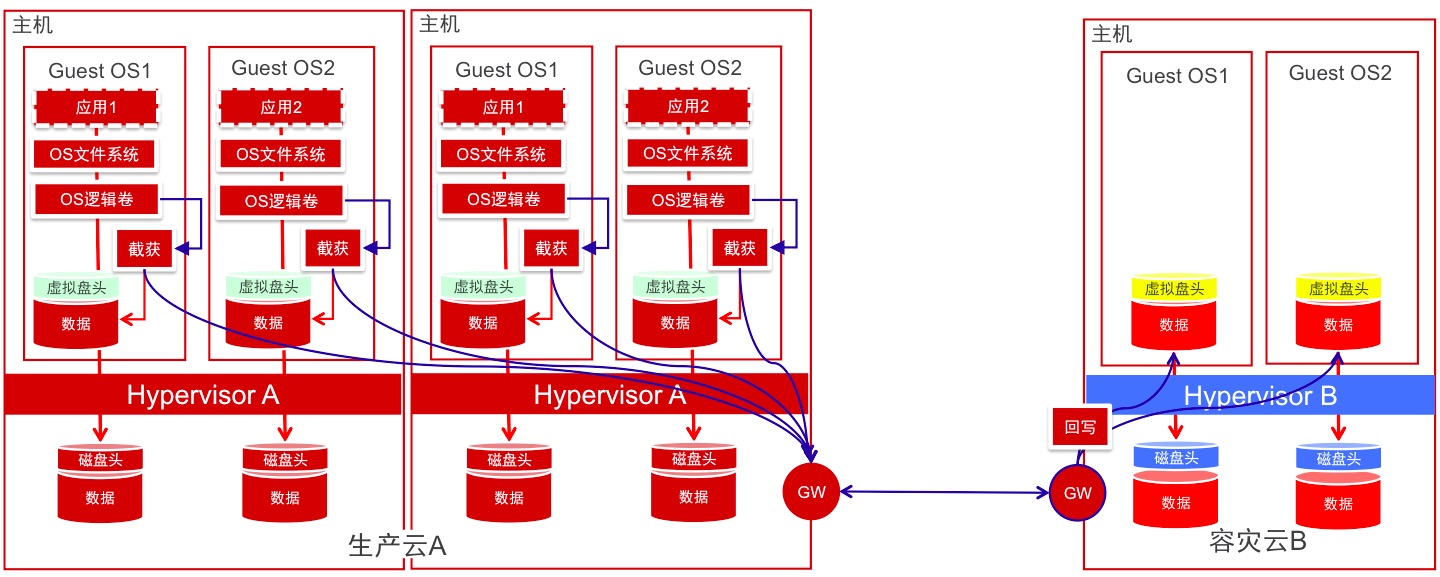Before stepping into the virtio acceleration, we will build and run a Linux(PetaLinux) in FPGA.
Despite the poor performance of simulation in X86, it's very convenient to create POC.
We choose MPSoC zcu106(PS) to test ARM, Zynq zc702(PS) to test ARM and Kintex UltraScale kcu705(PL) to test MicroBlaze softcore.
OS: Ubuntu 16.04 Desktop
Vivado: 2019.1
Xilinx SDK: 2019.1
PetalLinux SDK: PetaLinux 2019.1
BSP: Evaluation Board BSP or generated from Vivado/Xilinx SDK
QEMU is in the PetaLinux SDK directory, it's not necessary to rebuild if you do not wanna modify anything.
git clone git://github.com/Xilinx/qemu.git cd qemu apt install libglib2.0-dev libgcrypt20-dev zlib1g-dev autoconf automake libtool bison flex libpixman-1-dev git submodule update --init dtc ./configure --target-list="aarch64-softmmu,microblazeel-softmmu" --enable-fdt --disable-kvm --disable-xen make -j4
petalinux-create -t project -n zcu106_arm_a53 --template zynqMP -s ../bsp/xilinx-zcu106-v2019.1-final.bsp petalinux-config # Decide what to build
After the project created, pre-built images is in directory pre-built. You can test it via petalinux-boot
petalinux-boot --qemu --prebuilt 3 # Start ZCU106 virtual machine with prebuilt kernel
To accelerate the sstate mirror check process, you need download the sstate cache in Ref [5].
If you are using petalinux as root, you need modify sanity.conf like this:
cat /opt/petalinux/v2019.1/components/yocto/source/aarch64/layers/core/meta/conf/sanity.conf
1
2
3
4
5
6
7
8
9
10
11
12
13
14
15 | # Sanity checks for common user misconfigurations
#
# See sanity.bbclass
#
# Expert users can confirm their sanity with "touch conf/sanity.conf"
BB\_MIN\_VERSION = "1.39.1"
SANITY\_ABIFILE = "${TMPDIR}/abi\_version"
SANITY\_VERSION ?= "1"
LOCALCONF\_VERSION ?= "1"
LAYER\_CONF\_VERSION ?= "7"
SITE\_CONF\_VERSION ?= "1"
#INHERIT += "sanity"
|
petalinux-boot --qemu --prebuilt 3
/root/Desktop/qemu_zynq_devices/qemu/aarch64-softmmu/qemu-system-aarch64 \ -M arm-generic-fdt-7series -machine linux=on -smp 2 -m 1G \ -serial /dev/null -serial mon:stdio -display none \ -kernel /blog/images/linux/uImage -dtb /blog/images/linux/system.dtb
Now we'll add sdcard and try to boot Ubuntu Core OS.
qemu-img create qemu_sd.img 2G -M arm-generic-fdt-7series -machine linux=on -smp 2 -m 1G \ -serial /dev/null -serial mon:stdio -display none \ -kernel /blog/images/linux/uImage -dtb /blog/images/linux/system.dtb
Ref:
[1] Build QEMU: https://xilinx-wiki.atlassian.net/wiki/spaces/A/pages/18842060/QEMU
[2] Zynq UltraScale+ QEMU: https://xilinx-wiki.atlassian.net/wiki/spaces/A/pages/18841606/QEMU+-+Zynq+UltraScalePlus
[3] CoSim: https://xilinx-wiki.atlassian.net/wiki/spaces/A/pages/18842109/QEMU+SystemC+and+TLM+CoSimulation
[4] Xilinx Evaluation Board BSP files and Yocto local mirror: https://www.xilinx.com/support/download/index.html/content/xilinx/en/downloadNav/embedded-design-tools.html
https://github.com/Xilinx/PYNQ-Networking
